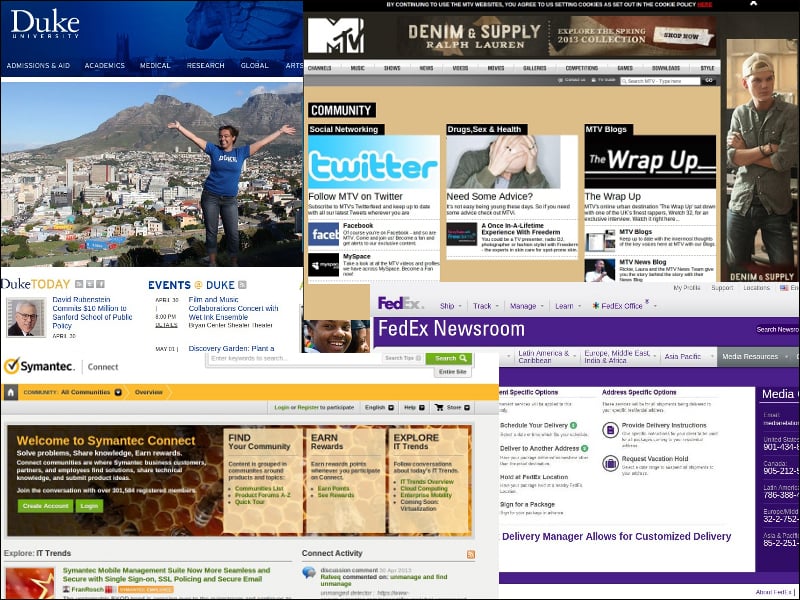-
Book Overview & Buying

-
Table Of Contents

Drupal 7 Media - Third Edition
By :

 Sign In
Start Free Trial
Sign In
Start Free Trial

Drupal is a free (licensed under the General Public License (GNU), Version 2 or later), community-powered, open-source Content Management System (CMS), which allows creating websites of many types. It's a great tool for both, users with no technical background, as well as top-notch developers, to use it for building complex websites and web applications.
Some examples for popular companies and organizations that decided to leverage Drupal as their content management system are FedEx, Symantec, MTV, and Duke University. The list is long, and you can find out more at http://drupal.org/case-studies or http://www.drupalshowcase.com.

In this chapter, we will cover:
Nodes and Entities
Creating custom content types
Managing fields for content types
Drupal began back in 1999 with Dries Buytaert starting to develop his idea for a forum platform, and has greatly evolved into a leading and award-winning software. Since then, it has seen significant growth. Today, it powers millions of websites and has positioned itself as a candidate at the top of the list for websites and web platform frameworks. Drupal has a company behind it, Acquia, which drives for further cutting-edge development, keeping the pace with the technology trends, and serves as a commercial resource for those requiring professional services.
With almost every release, Drupal has managed to reinvent itself, for both its developer community as well as its users. With Drupal 7, it has even more transformed itself into a Content Management Framework (CMF), by providing many abstractions to what content is and how it is handled. This road is setting the path for a large adoption by developers, to create web applications in many verticals, and has spurred a variety of platform niches from enterprise software, e-learning, and e-commerce, to social networking and collaboration software, to name a few.
Drupal 7's technology stack requires PHP5 (5.2.5 or higher) for the application server; MySQL (5.0.15 or 5.1.30 or higher) as the more favorable option for a database server, and HTML/jQuery for its presentation layer. The choice for this technology has no doubt helped in making it popular and easily deployable for hosting companies.


Change the font size
Change margin width
Change background colour